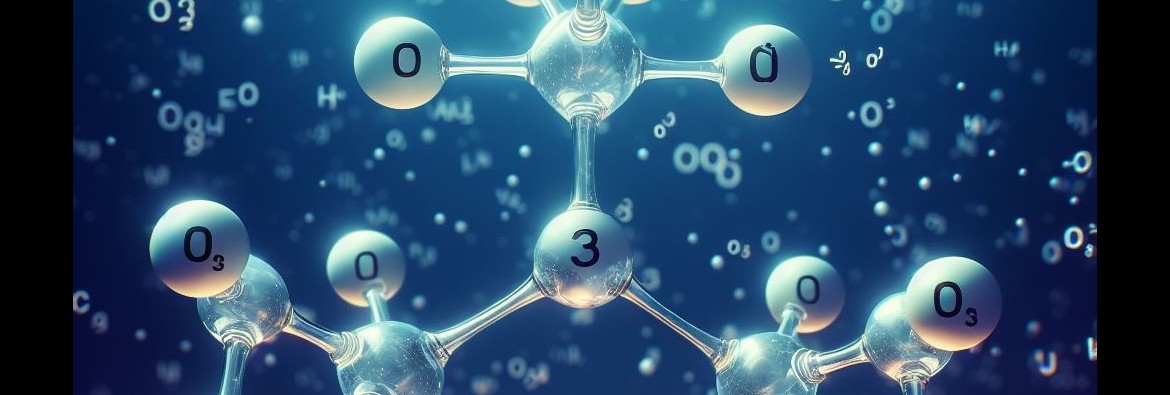
Ozone is a gas with strong oxidizing properties and is widely used in disinfection, sterilization and purification. In recent years, with the continuous development of science and technology, people have conducted more and more in-depth research on the application of ozone in the field of microorganisms. This article will review the effects of low, medium and high concentrations of ozone on microorganisms and the disinfection process, with a view to providing reference for research and practice in related fields.
Effect of low concentration ozone on microorganisms
The effect of low-concentration ozone on microorganisms is mainly reflected in inhibiting the growth and reproduction of microorganisms. Research shows that low concentrations of ozone can damage the cell membrane of microorganisms, causing the leakage of intracellular substances, thereby inhibiting the growth of microorganisms. In addition, ozone can also inhibit the growth of microorganisms by oxidizing biological macromolecules such as proteins and nucleic acids in microorganisms, making them inactive.
The effect of moderate concentration ozone on microorganisms
The effect of medium concentration ozone on microorganisms is more significant. Research shows that moderate concentrations of ozone can damage the cell walls, cell membranes, organelles and other structures of microorganisms, leading to the death of microorganisms. In addition, ozone can also trigger oxidative stress reactions in microorganisms by producing active substances such as free radicals and peroxides, leading to the death of microorganisms.
The effect of high concentration ozone on microorganisms
High concentration of ozone has a strong killing effect on microorganisms. High concentrations of ozone can quickly destroy the cell walls, cell membranes, organelles and other structures of microorganisms, leading to the death of microorganisms. In addition, high concentrations of ozone can also trigger oxidative stress reactions in microorganisms by producing a large amount of free radicals and peroxides and other active substances, leading to the death of microorganisms. High-concentration ozone can also generate toxic compounds by reacting with other substances, such as peroxides and aldehydes generated by the reaction of ozone and other organic matter, which further kills microorganisms.
Disinfection process and chemical formula
The disinfection process mainly includes the following steps:
(1) Generation of ozone: Ozone is generated through electrolysis of water or other methods.
(2) Diffusion of ozone: Diffuse the generated ozone to the area to be disinfected.
(3) Oxidation reaction: Ozone reacts with biological macromolecules in microorganisms, causing the death of microorganisms.
(4) Generation of free radicals: Ozone can generate free radicals during the disinfection process, further damaging the cell structure of microorganisms.
(5) Harmless treatment: After the disinfection is completed, the remaining ozone should be treated harmlessly, such as decomposition, adsorption, etc.
Chemical formulas mainly include:
O3 + R-H → R-OH + O2 (reaction of ozone and organic matter)
O3 + R-SH → R-SO3H + O2 (reaction of ozone and sulfur-containing organic matter)
O3 + R-NH2 → R-NO2 + O2 (reaction of ozone and nitrogen-containing organic matter)
Low, medium and high concentrations of ozone have different effects on microorganisms. Low-concentration ozone mainly achieves disinfection by inhibiting the growth and reproduction of microorganisms, while medium- and high-concentration ozone achieves disinfection by destroying the cell structure of microorganisms and producing free radicals and active substances. Understanding the effects of different concentrations of ozone on microorganisms will help us better utilize ozone for disinfection and sterilization. At the same time, strengthening research on the ozone disinfection process will help optimize disinfection methods and improve disinfection effects, providing strong support for my country's public health undertakings.
The effects of low, medium and high concentrations of ozone on microorganisms and the disinfection process. It is hoped that this review can provide a reference for research and practice in related fields and further promote the development of ozone disinfection technology in my country.